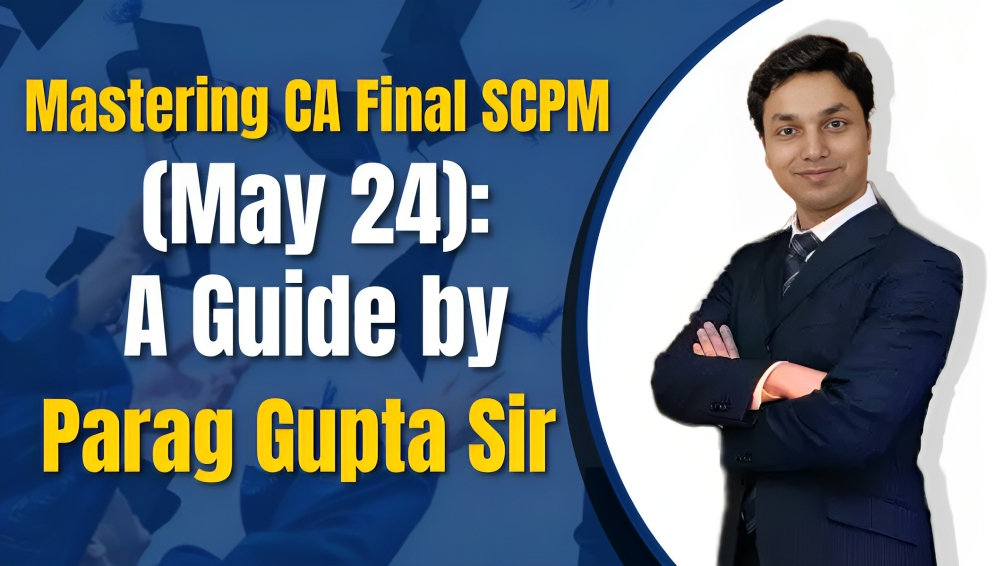What is Financial Management?
Welcome to the session on understanding Financial Management…
Financial Management
let’s start with an example – let’s assume we are going to start a business when you start a business you should have an idea you should decide what are the assets that are required then you should be in a position to estimate.
what is the total cost of those assets so only if you have these two you will be able to start the business that is you should know.
what are the assets required then the cost but this alone is not sufficient, if you want to run the business on daily basis you should know, what is the cash required, So now you have a fair idea about the cash required for starting a business and running a business?
Then, What you should do you should identify sources that are sources have to be tapped for funding your business assets and funding your working capital these sources can be from the owner’s pockets that are it can be owners funds or it can also be from outside whether you raise the money from owners pockets or outsiders.
What you have to ensure is the cost of these funds are as low as possible only then the profits of the business will be at its maximum so we can say financial management is mainly concerned with financing the business, I mean arranging funds so that those funds can be allocated in an effective manner for asset creation for working capital purposes and all these are done with an intention to maximize the profit for the owners, So we can say financial management is concerned with financing decisions.
All location decisions and profit distribution we call it as dividend decision so to put it in a nutshell financial management is concerned with financing decisional location of funds and the good at the decision.
The Types of Financial Management
1. Capital budget management:- Capital budgeting is the planning procedure used to decide if a company fixed assets, For example, the new plant, new machinery. Numerous formal strategies are utilized in capital budgeting for example profitability index, payback period.
2. Capital structure management:- In corporate finance capital structure manner in which a company finances through a mix of debt or equity securities. Debt financing comes as a bond issue, while equity comes from retained earnings or as a stock.
3. Working capital management:- Working capital management of an organization refers to managing bookkeeping methodology and accounting strategies intended to keep track of current assets, current liabilities.
The objective of Financial Management
Financial control is one of the functional regions of business. Therefore, its targets must be constant with the overall objectives of the business. The overall goal of financial management is to provide maximum go back to the proprietors on their funding inside the long- term.
This is known as wealth maximization. Maximization of owners’ wealth is possible when the capital invested first of all will increase over a duration of time. Wealth maximization approach maximizing the market price of an investment in shares of the company.
A wealth of shareholders = Number of shares held ×Market price per share.
The function of Financial Management
1. Estimating the Financial Amount of Capital Required:
This is the foremost function of the financial manager. Business firms require capital for:
(i) purchase of fixed assets,
(ii) meeting working capital requirements, and
(iii) modernization and expansion of the business.
The financial manager makes estimates of funds required for both the short-term and long-term.
2. Deciding Capital Structure: The capital structure refers to the kind and proportion of the different securities for raising funds. After deciding on the quantum of funds required it should be determined which type of security should be built. Financing fixed securities through long-term debts may be wise. Long-term funds should be employed to finance working capital also. The decision about various sources of funds should be linked to the cost of raising funds. If the cost of raising funds is high, then such sources may not be useful.
3. Ascertains capital composition: Once the estimation of capital requirement has been made with the best effort, the capital structure of the enterprise has to be decided. This involves the analysis of short- term and long- term debt-equity. This will depend on the proportion of possessed equity capital a company and other additional funds that have to be raised from outside parties through borrowing.
4. INVESTMENT DECISIONS- Investment decisions involve the utilization/application of funds in the right mix of projects and fixed assets to maximize the returns for the organization. There are various techniques used like Net Present Value, Internal Rate of Return, and Payback Period, etc.
5. Management of cash: The finance manager has to make decisions with regards to cash management. Cash is required for many purposes like payment of wages and salaries, payment of electricity and water bills, payment to creditors, meeting current liabilities, maintenance of enough stock, purchase of raw materials, etc.
6. Financial controls: The finance manager has not only to plan, procure and utilize the funds but he also has to exercise control over finances. This can be done through many techniques like ratio analysis, financial forecasting, cost and profit control, etc.
7. Investment of funds: The finance manager has to decide to allocate funds into profitable ventures so that there is safety on investment and regular returns are possible.
To know more- Click here




